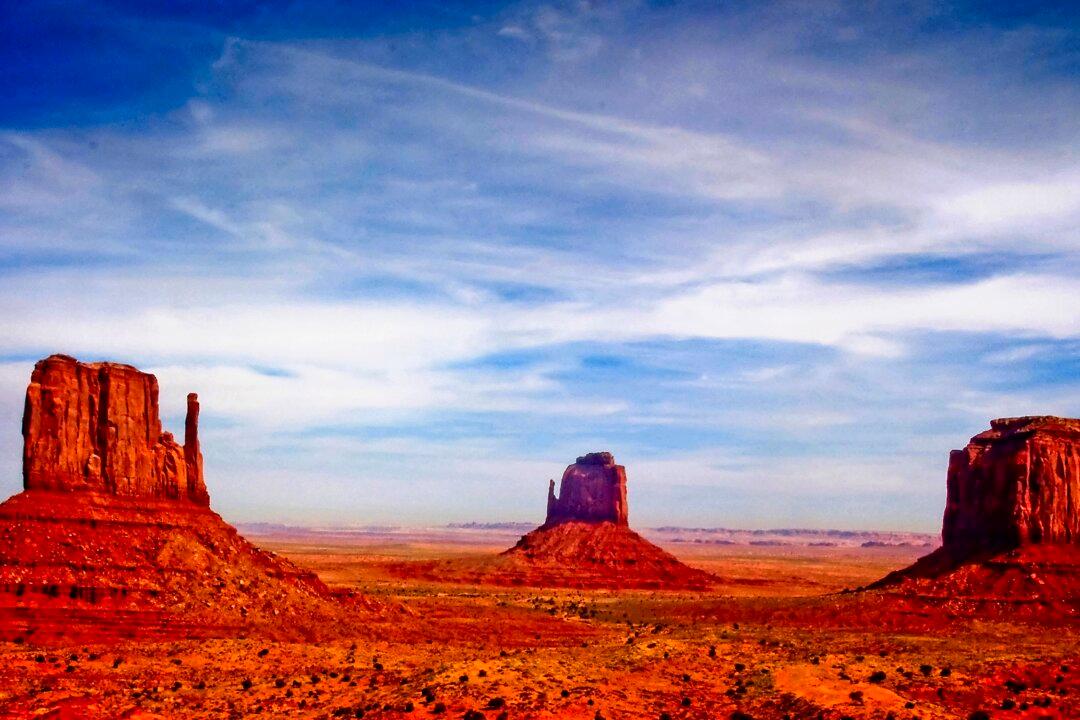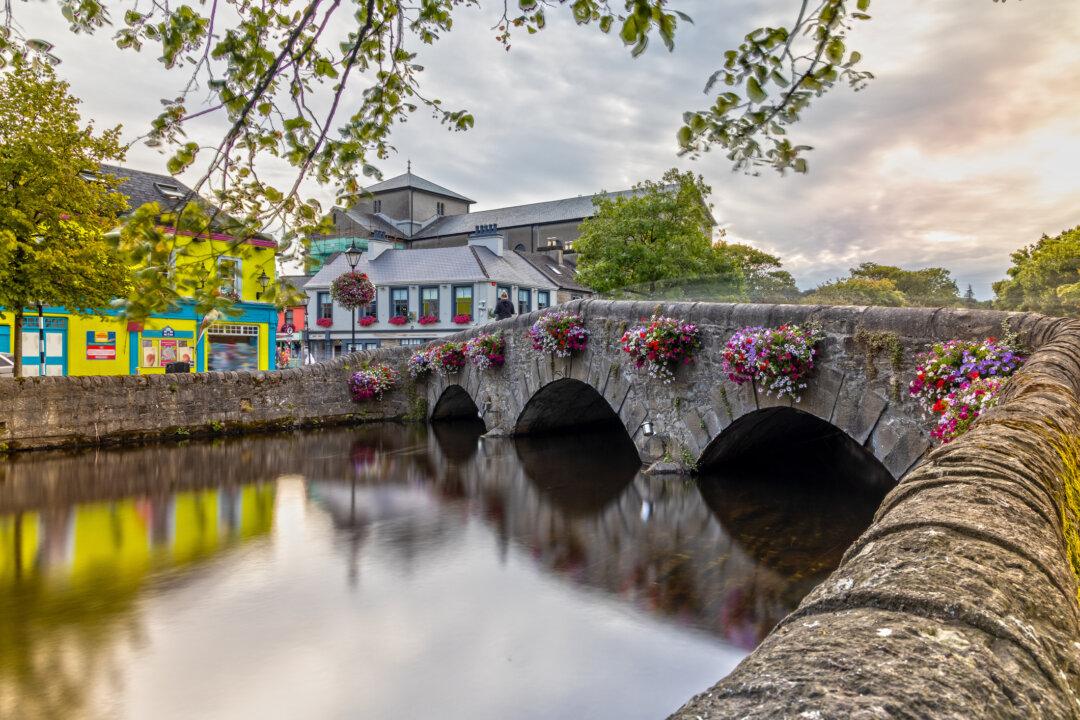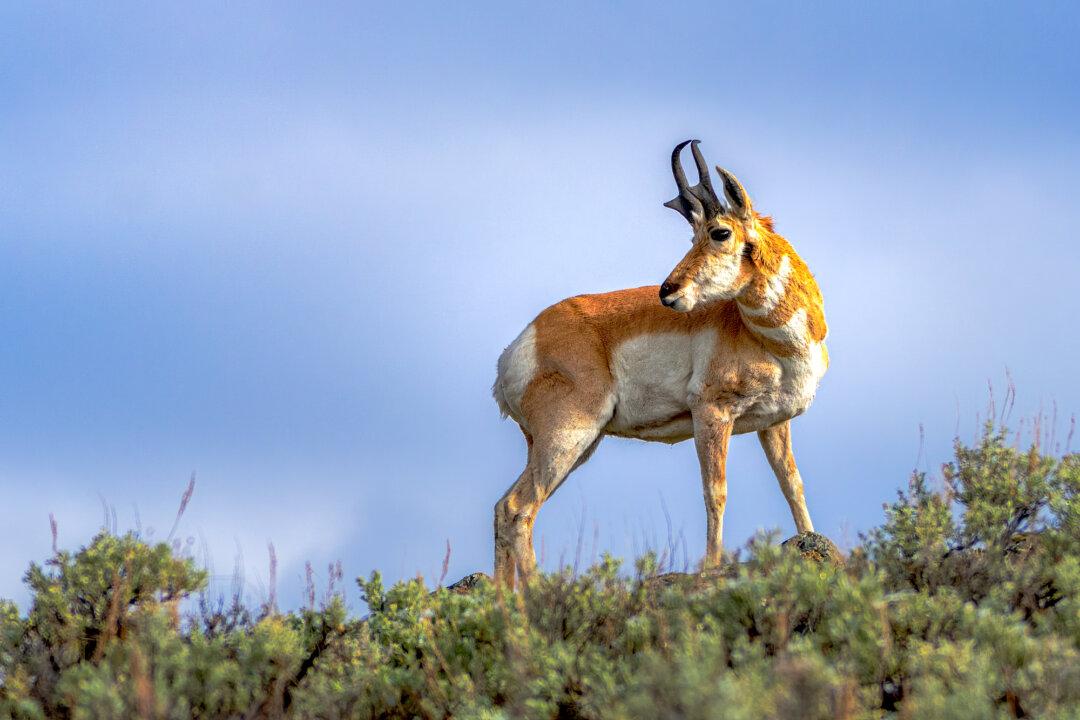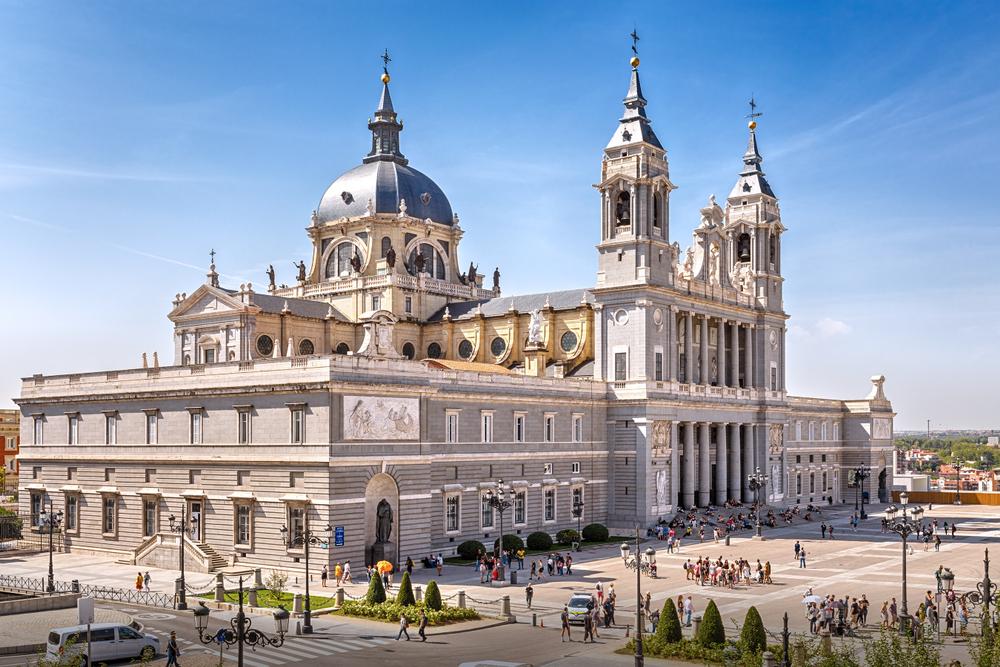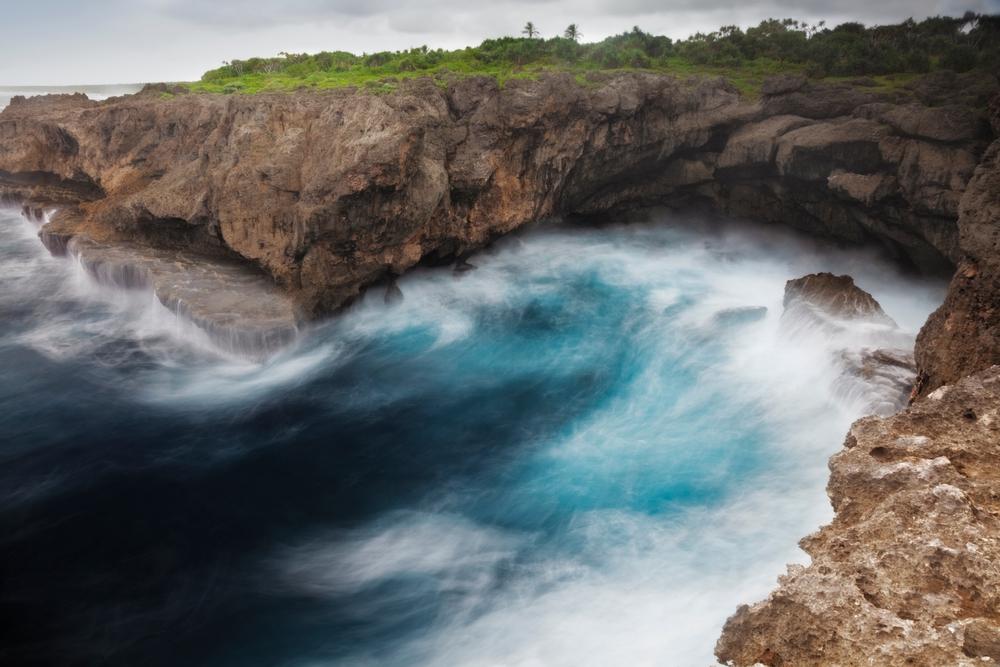Hopi Point is widely considered to be one of the best spots from which to view the Grand Canyon. Even those who have different favorite overlook sites generally agree that there’s no other place along the far-reaching rim of the Grand Canyon where they’d rather be during sunset.
Sunset was more than an hour and a half away when we positioned ourselves up against the rail at Hopi Point. But it wasn’t very long before shuttle bus after shuttle bus unloaded enough tourists to fill in every inch along the long rail. By the time sunset was still 45 minutes away, tourists were backed up in deep rows from which it must have been next to impossible to get a view of much more than the back of heads and the sky.

